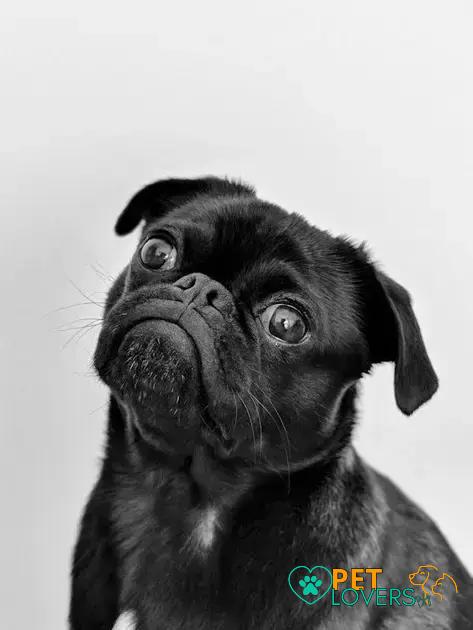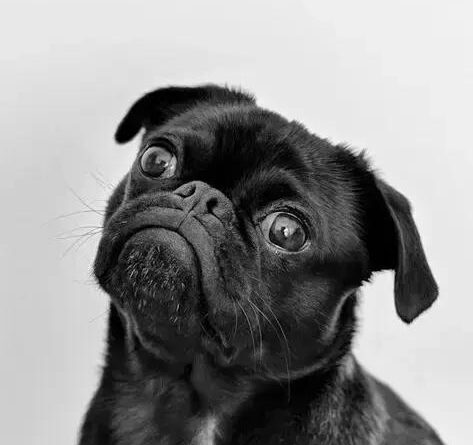Pug: The Ultimate Guide to This Lovable and Loyal Companion
The pug is a charming and affectionate breed that has captured the hearts of many dog lovers. Whether you are a current owner or considering bringing one into your home, understanding the history, care needs, and unique traits of pugs is essential. From their playful antics to their adorable looks, pugs have a lot to offer. Let’s dive into what makes pugs so special!
History of the Pug
The Pug is a breed that has a storied past dating back centuries. This charming and loyal companion is believed to have originated in China around 400 BC. Pugs were highly prized by Chinese emperors and lived a luxurious lifestyle. It was common to see these dogs guarded by soldiers and given the best of care.
During the 16th century, Pugs made their way to Europe when Dutch traders brought them back from their travels to the East. The breed quickly became a favorite among European nobility. For instance, the Pug was the official dog of the House of Orange after a Pug saved the life of Prince William by barking and alerting him to approaching assassins.
By the 19th century, Pugs were flourishing in England, where they were bred to have shorter legs and more distinctive faces. Queen Victoria had a well-known affection for Pugs, which further popularized the breed in high society.
Today, Pugs are beloved worldwide. Their unique appearance and affectionate nature continue to win the hearts of many dog lovers.
Pug Care: Essential Tips

Grooming
Pugs have short, dense fur but shed a lot, requiring regular brushing with a quality dog brush to remove loose hairs. Weekly brushing helps keep their coat healthy and reduces shedding around the house. Bathing once a month keeps them clean and odor-free, but avoid overbathing as it can dry out their skin.
Diet and Nutrition
Feeding your pug a balanced diet is crucial. High-quality commercial dog food with meat as the first ingredient is recommended. Avoid foods with excessive fillers and additives. Pugs can be prone to obesity, so monitor their portion sizes and avoid overfeeding them with treats.
Exercise
Despite their small size, pugs need regular exercise to stay healthy. Daily walks and playtime in a secure area help them burn off energy. Be cautious in hot weather, as pugs are prone to overheating due to their short snouts. Always provide access to fresh water.
Health Checks
Regular veterinary visits are essential to monitor your pug’s health. Pugs can suffer from various genetic health issues, so keeping vaccinations up to date and scheduling routine check-ups helps catch potential problems early. Dental care is important too; regularly brush their teeth and provide dental chews.
Mental Stimulation
Pugs are intelligent and curious. Providing toys and engaging activities keeps their minds active. Puzzle toys and interactive games are great ways to stimulate your pug’s brain and prevent boredom.
Socialization
Early socialization is key for a well-behaved pug. Exposure to various environments, people, and other dogs helps them develop into well-adjusted adults. Pugs are naturally friendly and social, enjoying the company of their human family and other pets.
Training Your Pug
Training your pug is essential to ensure they grow up well-behaved and happy. Unlike some other breeds, pugs are known for their playful and sometimes stubborn nature. It’s crucial to start training early in their puppyhood.
Positive Reinforcement: Pugs respond best to positive reinforcement methods. Use treats, praise, and cuddles to reward good behavior. Avoid harsh punishments as these can lead to anxiety and aggression in your pug.
Consistency: Consistency is key in training your pug. Always use the same commands and rewards. This helps your pug understand what you expect from them.
Socialization: Socializing your pug with other dogs and people is vital. It helps them develop a well-rounded personality and reduces their chances of becoming overly aggressive or shy.
Basic Commands: Start with basic commands like “sit,” “stay,” and “come.” These commands lay the foundation for more advanced training and help manage your pug’s behavior in different situations.
Crate Training: Crate training can be particularly beneficial for pugs. It provides them with a safe space and helps with house training. Make sure the crate is comfortable and not used as a form of punishment.
Potty Training: Pugs can be a bit tricky to potty train due to their stubborn nature. Patience and consistency are vital. Establish a routine and praise them lavishly when they succeed.
Leash Training: Teaching your pug to walk on a leash without pulling is essential. Use a harness instead of a collar to avoid pressure on their delicate throats, and practice in a quiet area before venturing into busier spots.
Remember, patience and consistency are your best tools when training your pug. With time, your lovable companion will learn to follow your commands, making your life together even more enjoyable.
Common Health Issues in Pugs

Pugs are known for their charming personalities and unique appearance, but they are also prone to several health issues due to their brachycephalic nature.
Brachycephalic airway syndrome is a common condition in pugs, causing breathing difficulties because of their short snouts. Owners should be aware of symptoms like snoring, coughing, and difficulty exercising.
Pugs often suffer from skin allergies. These can be triggered by various factors like food, pollen, or dust. Regular grooming and a good diet can help manage these allergies.
Hip dysplasia is another concern. This condition affects the pug’s hip joint, leading to pain and mobility issues. Maintaining a healthy weight and providing joint supplements can help reduce the impact of hip dysplasia.
Eye problems are prevalent in pugs due to their prominent eyes. Conditions such as corneal ulcers and dry eye can occur. Regular vet check-ups are crucial to monitor and treat any eye issues early.
Obesity is a significant issue in pugs. Their love for food can easily lead to weight gain, which in turn exacerbates other health problems. A balanced diet and regular exercise are essential to keep them at a healthy weight.
Lastly, spinal problems, such as hemivertebrae, can affect pugs. This condition causes abnormal vertebrae that can lead to pain or neurological problems. Monitoring your pug’s movement and providing proper orthopedic support can be beneficial.
Fun Facts About Pugs
Pugs have been adored for centuries. Originating from ancient China, they were once the pets of emperors. Despite their small size, pugs have big, charming personalities that are hard to resist.
Pugs’ unique physical traits
such as their wrinkly faces and curled tails make them easily recognizable and endlessly endearing. Did you know that pugs are one of the few dog breeds with a natural affinity for making people laugh? Their expressive faces and quirky antics have earned them a reputation as little comedians. Additionally, pugs are known to have 11 vocalizations including barks, yelps, and howls, which they use to communicate with their owners. Moreover, pugs have a unique way of showing affection: they often follow their owners from room to room, earning the nickname ‘shadow’ dogs. They also have a rich history of appearing in art, with paintings of pugs dating back to the 1700s. Finally, despite their royal origins, pugs are now beloved companions around the world, prized for their loyalty and loving nature.





